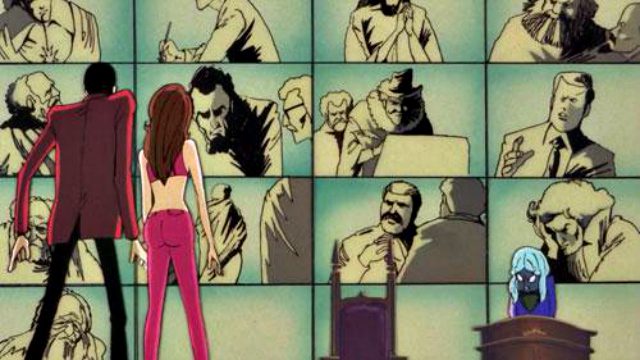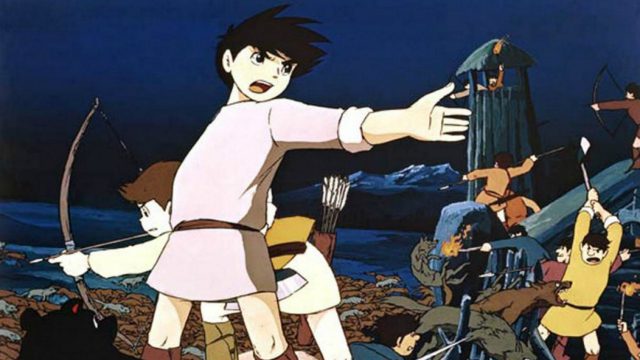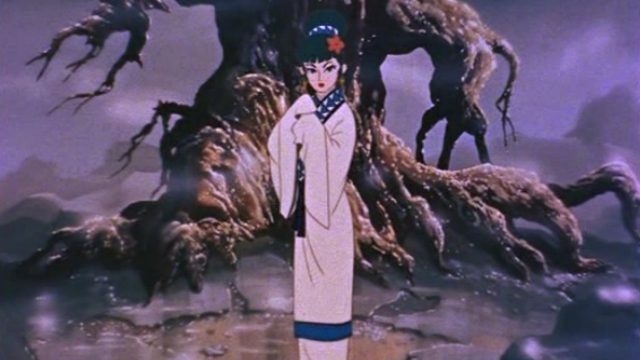The new trailer has just been released for the live-action adaptation of “Ghost in the Shell”, a story that revisits classic anime in a modern context, sparking renewed interest among many passionate fans. The original anime debuted in 1995 and is considered a monumental work, deeply respected across various aspects, although sometimes overshadowed by the ongoing evolution of anime in each era, starting particularly from “Ghost in the Shell” in the late 1990s. Below is a list of three classic anime films from the 1950s, 60s, and 70s that are worth revisiting, featuring outstanding artistic styles that are often fondly remembered by only a few.
Lupin the Third: The Mystery of Mamo (1978)
Released in 1978, this film is part of a sequel to “The Castle of Cagliostro,” which was co-created by the legendary Hayao Miyazaki. However, “The Mystery of Mamo” is a detective story more aligned with the manga’s original spirit, featuring input from the manga’s creator, Monkey Punch. Unlike “The Castle of Cagliostro,” which had a broader focus, “The Mystery of Mamo” dives deeper into themes of mystery, suspense, and intellect, making it particularly challenging for audiences. The film centers around the enigma of a mysterious figure named Mamo, who claims to have lived for 10,000 years and leaves a lasting impression with its unique visual storytelling.
The Great Adventure of Horus, Prince of the Sun (1968)
Also known as “The Little Norse Prince,” this film stands out as a product of the late 60s, showcasing many unique elements of that era. While Miyazaki collaborated on “Lupin the Third,” this anime is a work from another founding member of Studio Ghibli, Isao Takahata. “The Great Adventure of Horus, Prince of the Sun” is a film meant for both children and adults, taking audiences on a journey with the young prince Horus across a magical Norse landscape. Although crafted for younger viewers, the film carries themes of danger and heroism that resonate with all ages.
The Tale of the White Serpent (1958)
Returning to the distant past of Japanese anime history, “The Tale of the White Serpent” is notable for being the first color anime produced in Japan and one of the first animated films to be screened in theaters in the US under the title “Panda and the Magic Serpent” in 1961. Produced by Toei Animation (the studio behind Dragon Ball, One Piece, etc.), its narrative is based on a famous Chinese folk tale, “The Legend of the White Snake,” revolving around the forbidden love between a serpent spirit and a human. The film’s visual style resembles a stunning painting, echoing classic art styles instead of modern aesthetics.
Source: Geekandsundry
7 things anime makes fans misunderstand about Japanese culture
























